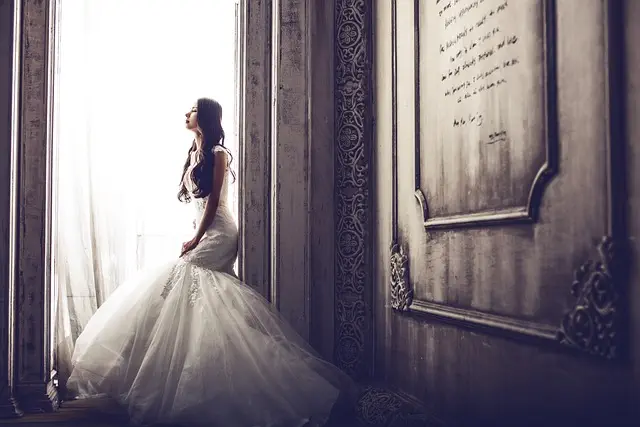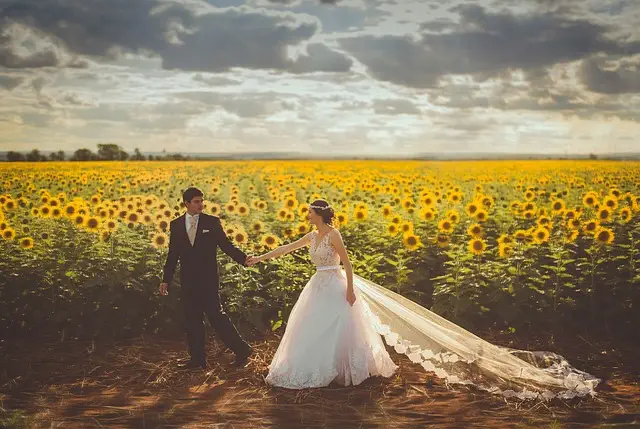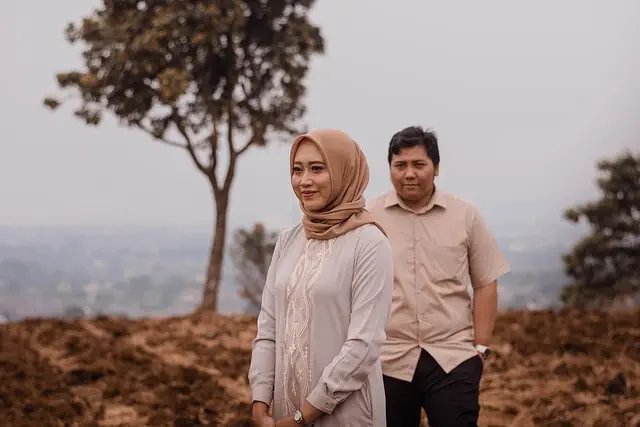Cookies have come a long way from their medieval roots, evolving into beloved treats with rich cultural significance. Starting as simple flatbreads in Europe, they transformed with Dutch settlers' introduction of animal fats in the 17th century, leading to diverse recipes during European colonization. Wedding Reception Cookies, more than just sweets, hold symbolic value and are creatively designed to represent couples' love stories. The baking techniques have advanced from primitive open-fire methods to modern innovations, resulting in lighter, artistic cookies. Today, these treats at weddings are customized, personalized, and often act as memorable keepsakes, with bakeries offering bespoke services to cater to diverse tastes.
“Uncover the delightful journey of cookies, from their humble beginnings to their modern-day stardom at wedding receptions. This article explores the historical roots of cookies, tracing their origins back to ancient times. We delve into their role in wedding traditions, where they’ve evolved from simple treats to elegant displays. The evolution of baking techniques has transformed these small bites into customizable works of art, catering to every taste. Discover the latest trends and unique ways couples personalize their wedding reception cookies, making each bite a memorable experience.”
- Origins of Cookies: A Historical Perspective
- Cookies in Wedding Traditions
- The Evolution of Baking Techniques
- Modern Day Wedding Reception Cookies: Trends and Customization
Origins of Cookies: A Historical Perspective

Cookies, those delightful treats we enjoy today, have a rich and fascinating history dating back centuries. The concept of baked goods as we know them today first emerged in ancient times, with evidence suggesting that early civilizations like the Greeks and Romans enjoyed various types of flatbreads and sweet pastries. However, the true origins of cookies as we understand them can be traced to medieval Europe, where bakers started creating small, bite-sized treats to accompany meals. These early cookies were often simple affairs, made with basic ingredients like flour, sugar, butter, and spices.
One significant development in cookie history occurred during the 17th century when Dutch settlers introduced what we now recognize as a key element: the use of animal fats, such as lard or butter, to enrich the dough. This innovation led to the creation of softer, chewier cookies that quickly became popular. As European colonization spread, so did cookie recipes, with adaptations and variations emerging in different cultures. Wedding reception cookies, for instance, gained prominence during this era as special treats, symbolizing prosperity and joy at celebrations like weddings.
Cookies in Wedding Traditions

Cookies have long been a beloved treat, but their role in wedding traditions is particularly sweet. At weddings, cookies often go beyond being a dessert option; they become meaningful mementos and decorative elements. During the joyous celebration, cookie tables or displays are common sights, featuring a variety of designs and flavors. These Wedding Reception Cookies are not just edible; they symbolize unity, love, and happiness for the newlyweds.
In many cultures, wedding cookies hold cultural significance. They may be exchanged as symbolic gestures during the ceremony or presented to guests as favors. The act of sharing cookies at a wedding reception fosters a sense of camaraderie and reinforces the bonds of friendship and family. This tradition continues to evolve, with bakers and pastry artists creating intricate designs and flavors that capture the essence of the couple’s love story, making each cookie table a unique and memorable experience for all who attend the special event.
The Evolution of Baking Techniques

The evolution of baking techniques has played a significant role in shaping the world of cookies, including those used for special occasions like wedding receptions. Historically, early baking methods were quite primitive, involving simple mixtures of flour, water, and salt baked over open fires. These initial attempts laid the foundation for more sophisticated cooking practices. Over time, advancements in technology and an increasing global exchange of culinary ideas led to refined baking techniques. This period brought about a deeper understanding of ingredients, their interactions, and the science behind leavening agents, resulting in the creation of lighter, airier cookies.
As culinary arts progressed, bakers began experimenting with various flavors, textures, and shapes, transforming simple biscuits into intricate works of art. The introduction of sugar as a common ingredient during the Renaissance period revolutionized cookie baking, allowing for sweeter, more decadent treats. Fast forward to modern times, and we see an array of innovative techniques, from hand-crafted artisanal cookies to mass-produced varieties, catering to diverse tastes and occasions, including elegant wedding receptions, where custom-designed cookies often serve as unique favors or decorations.
Modern Day Wedding Reception Cookies: Trends and Customization

In modern times, wedding reception cookies have evolved from simple sugar treats to intricate culinary artworks. They’ve become a staple on wedding tables, offering a delightful and personalized touch to the celebration. Trends in wedding reception cookies showcase an emphasis on customization, with couples opting for designs that reflect their unique themes, colors, and even personal interests. From delicate macarons to ornate fondant creations, these cookies are no longer just edible; they’re memorable keepsakes.
The customization goes beyond aesthetics. Many couples choose to incorporate symbolic elements or include messages tailored to their guests, making each cookie a meaningful gift. This trend has led to an increase in bakeries offering bespoke services, allowing couples to create wedding reception cookies that not only satisfy their tastes but also leave a lasting impression on their guests.



